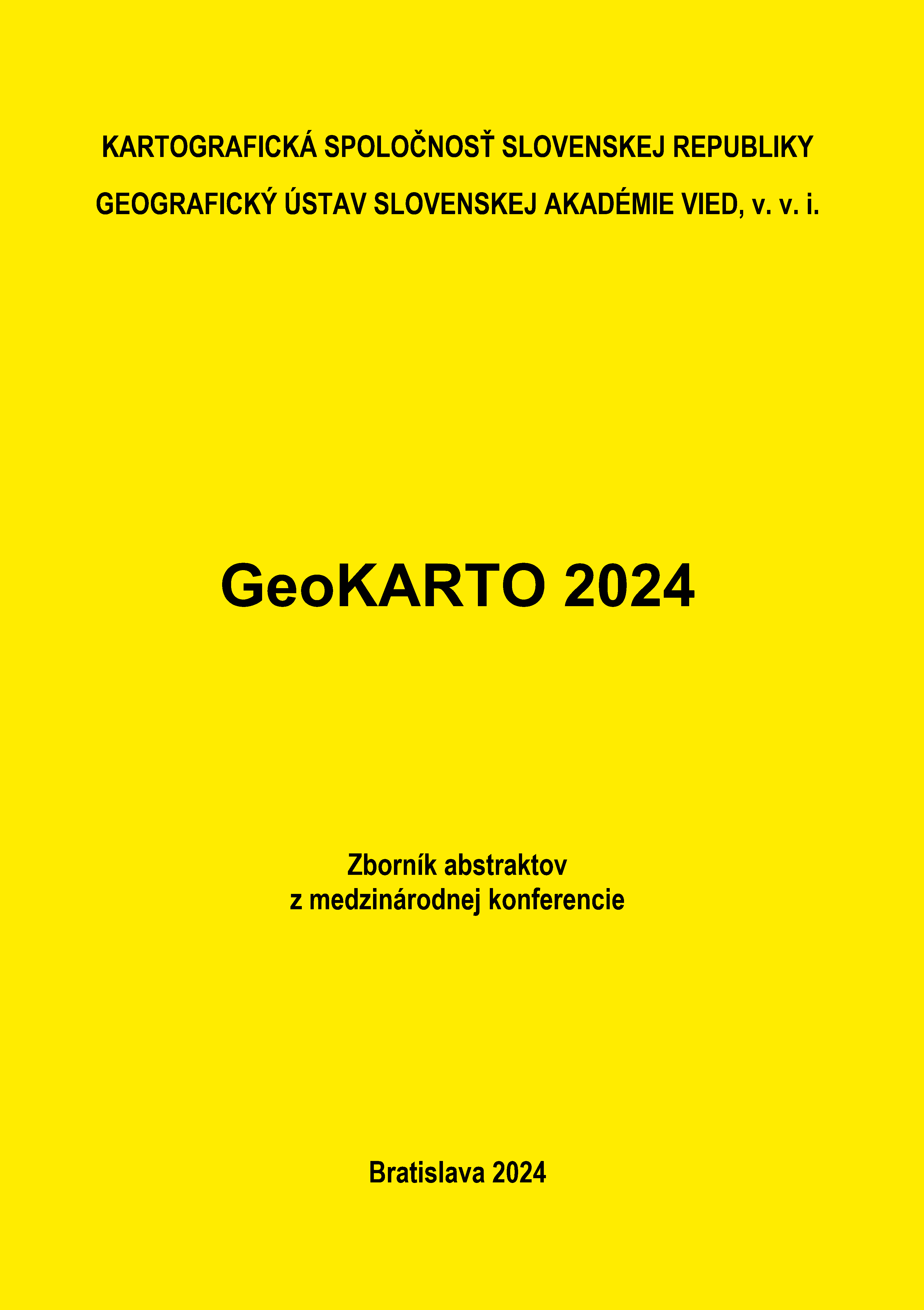LAND COVER CHANGES AND THEIR IMPACT ON LANDSCAPE FRAGMENTATION IN NATIONAL PARKS AND THEIR SURROUNDINGS IN SLOVAKIA
ZMENY KRAJINNEJ POKRÝVKY A ICH VPLYV NA FRAGMENTÁCIU KRAJINY V RÁMCI NÁRODNÝCH PARKOV A ICH ZÁZEMIA NA SLOVENSKU
Keywords:
land cover change, fragmentation, national park, buffer zoneAbstract
Natural protected areas and national parks are under increasing threats from climate change and intense human pressure globally. As they have a crucial role in biodiversity conservation and the maintenance of ecosystem services, it is important to underline the intensity and pattern of land cover changes, not only in the core zones of the national parks but also outside the boundaries.
The aim of the study is to identify the main land cover changes and their impact on fragmentation in the national parks and their surroundings in Slovakia between 2000 and 2020. In total nine national parks were assessed by using the Global Land Cover and Land Use Change dataset for 2000 and 2020. We evaluated the land transitions, categorized as settlement increase, agricultural intensification and extensification, afforestation, deforestation, and forest disturbance. We used the GUIDOS Toolbox to identify the effects of land cover changes on fragmentation by assessing the number of patches and average mean patch size. Furthermore we used Morphological Spatial Pattern Analysis to classify and quantify the natural landscape - forest and open land on features as core area, edges and connectors.
Our results show that through the national parks and their surrounding the forest disturbance was most widespread land cover change between 2000 and 2020, although the extent varied highly through the national parks. The most impacted national parks were the Tatra and Low Tatra National Parks, where the forest disturbance was 6-9 times higher than in the rest of the national parks. The great loss of forest cover caused changes in spatial configuration - the overall number of forest patches doubled in Tatra National Park, while average patch size decreased by half, indicating a significant fragmentation of forest cover. The changes in open land between 2000 and 2020 led to the increased fragmentation of open land areas as they include grassland and clearcuts after windstorms, accompanied by an increased number of the transitional border features - mainly edges, the most in the Low Tatra National Park. In the buffer zones, the open land was largely impacted by settlement increase in Tatra and Low Tatra National parks.
Our study underlines that with forest disturbances becoming more frequent and urbanization expected to increase, national parks and their buffer zones require a specialized landscape policy to address the real threats to ecosystem health.
Downloads
Published
Versions
- 21.01.2025 (2)
- 03.09.2024 (1)
Issue
Section
License
Copyright (c) 2024 GeoKARTO 2024

This work is licensed under a Creative Commons Attribution-NonCommercial 4.0 International License.

